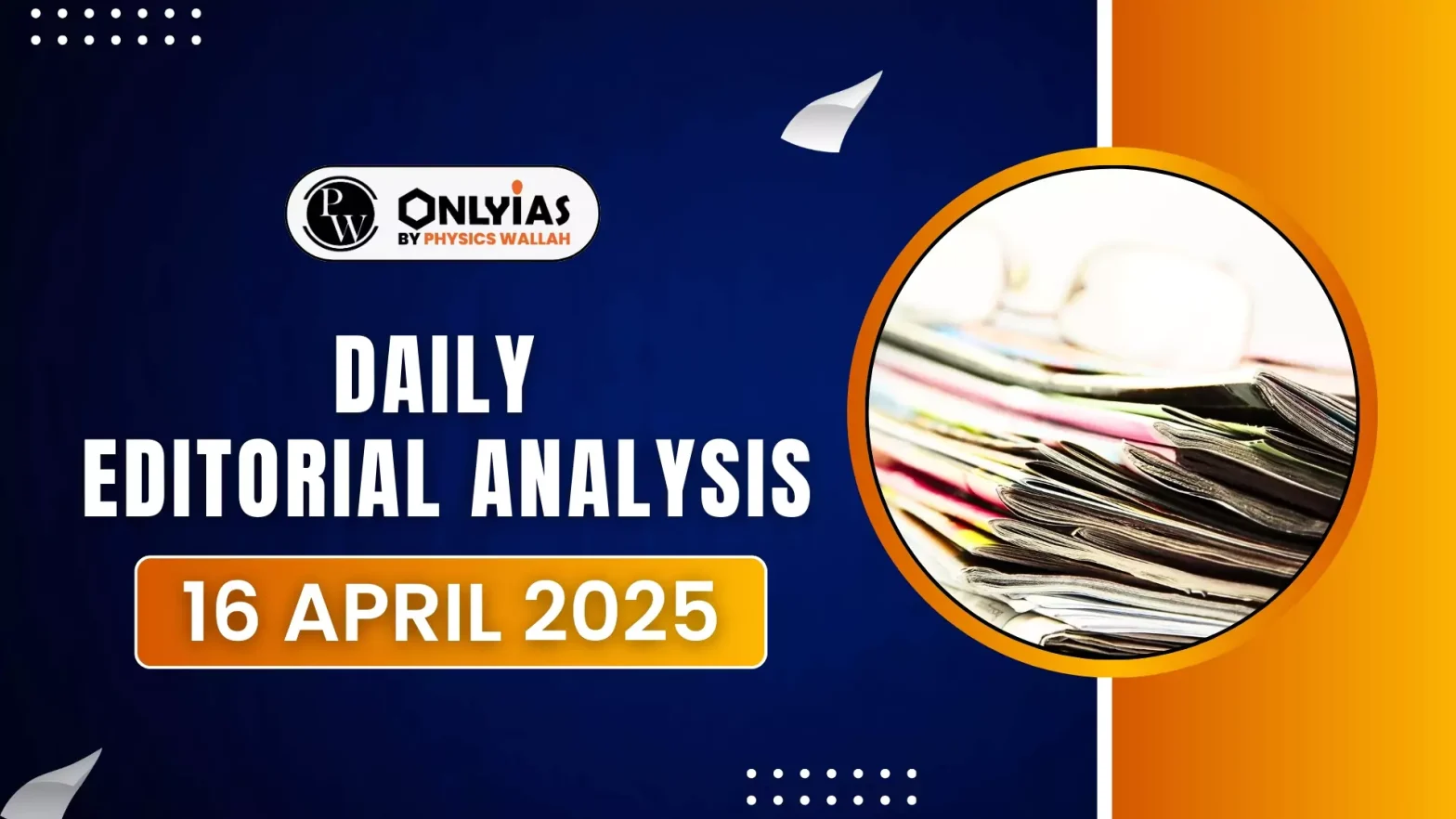Studies have shown that particulate matter from stubble burning significantly impacts pollution levels in Delhi. In Punjab, 54% of the time, winds from the state led to a spike in air pollution.
Air Pollution in the Indo-Gangetic Plain
- Seasonal Pollution: In November, the Indo-Gangetic Plain faces severe air pollution, worsened by a drop in temperature and the cessation of monsoon winds
- leading to pollutants such as vehicle emissions, power plants, construction dust, and other particulate matter forming an inversion layer.
- Stubble Burning: The burning of farm stubble, particularly rice chaff, in Punjab, Haryana, Rajasthan, and Uttar Pradesh during October and November adds to this haze, worsening air quality in cities like Delhi.
- Farmers burn stubble because it’s the cheapest method to prepare soil for Rabi wheat.
- Contribution to PM2.5 Levels: The role of stubble burning has been quantified, with an average contribution to air pollution of 22%-35% between mid-October and November, as shown by studies from institutions like IIT Kanpur and IIT Delhi.
Reasons of Stubble Burning
- Governmentality Concept: A study by Sujit Raghunathrao Jagadale and Javed M. Shaikh uses governmentality to explain how government policies unintentionally foster suboptimal behaviors like stubble burning.
- Market Failures: India’s neoliberal policies, such as the Minimum Support Price (MSP) system, promote mono-cropping, forcing farmers into unsustainable practices like stubble burning to maximize short-term output.
- Structural Causes: The study argues that stubble burning should not be viewed as individual negligence but as a systemic issue stemming from distorted agricultural marketing systems and neo-liberal governance that marginalize farmers and push them toward harmful survival tactics like burning stubble.
Key Findings of the Study
- Dependency on MSP and Middlemen: The study highlights how the MSP system limits farmers’ ability to diversify crops, while middlemen (arhatias) control pricing and access to credit, resulting in debt bondage. Farmers often face low procurement prices for their crops and must sell at a loss.
- Contradictory Policies: Farmers feel trapped in a cycle where the government penalizes stubble burning but offers no affordable alternatives.
- They also perceive a bias towards urban-industrial interests, with industrial pollution overlooked while farm stubble burning is vilified.
Way Forward
- Stubble-based Products: Solutions emphasize creating a market for stubble and products made from it, such as fodder, energy pellets, and packaging materials. This would increase farmers’ income while addressing climate change.
- Strengthening the Value Chain: To succeed, this requires the development of an efficient value chain with diverse technologies in a supportive ecosystem.
- Market Mechanism Gap: Currently, there is a significant lack of an efficient market mechanism for farm waste. Policy and market interventions are necessary to fill this gap.
- Regulatory Interventions: Three Levels of Regulation: Regulatory interventions can be conceptualized in three ways:
- Prohibit stubble burning.
- Manage burning through selective permits.
- Promote stubble usage by incentivizing the production of stubble-based products.
- Role of State Actors: Active participation from state actors is essential for successful implementation of these interventions.
- Market Inefficiencies: A key intervention involves ensuring that farmers receive fair prices for their produce. The Indian commodities market is deeply embedded in socio-political structures, and state-led efforts are needed to enhance price transparency and fairness.
- Support for Farm Incomes: Addressing these inefficiencies will help in boosting farm incomes.
- Aspirational Consumption: Farmers often face socio-economic pressures to engage in aspirational consumption, which is detrimental due to limited income.
- Cultural Change: Addressing this issue may require cultural change, where socio-cultural organizations, including religious groups, can play a role in de-marketing non-essential, aspirational consumption.
Conclusion
The study shifts the discourse from individual blame to a systemic issue rooted in flawed marketing structures and neo-liberal governance. Stubble burning is not negligence but a survival tactic shaped by policy failure and economic marginalisation.
![]() 16 Apr 2025
16 Apr 2025

